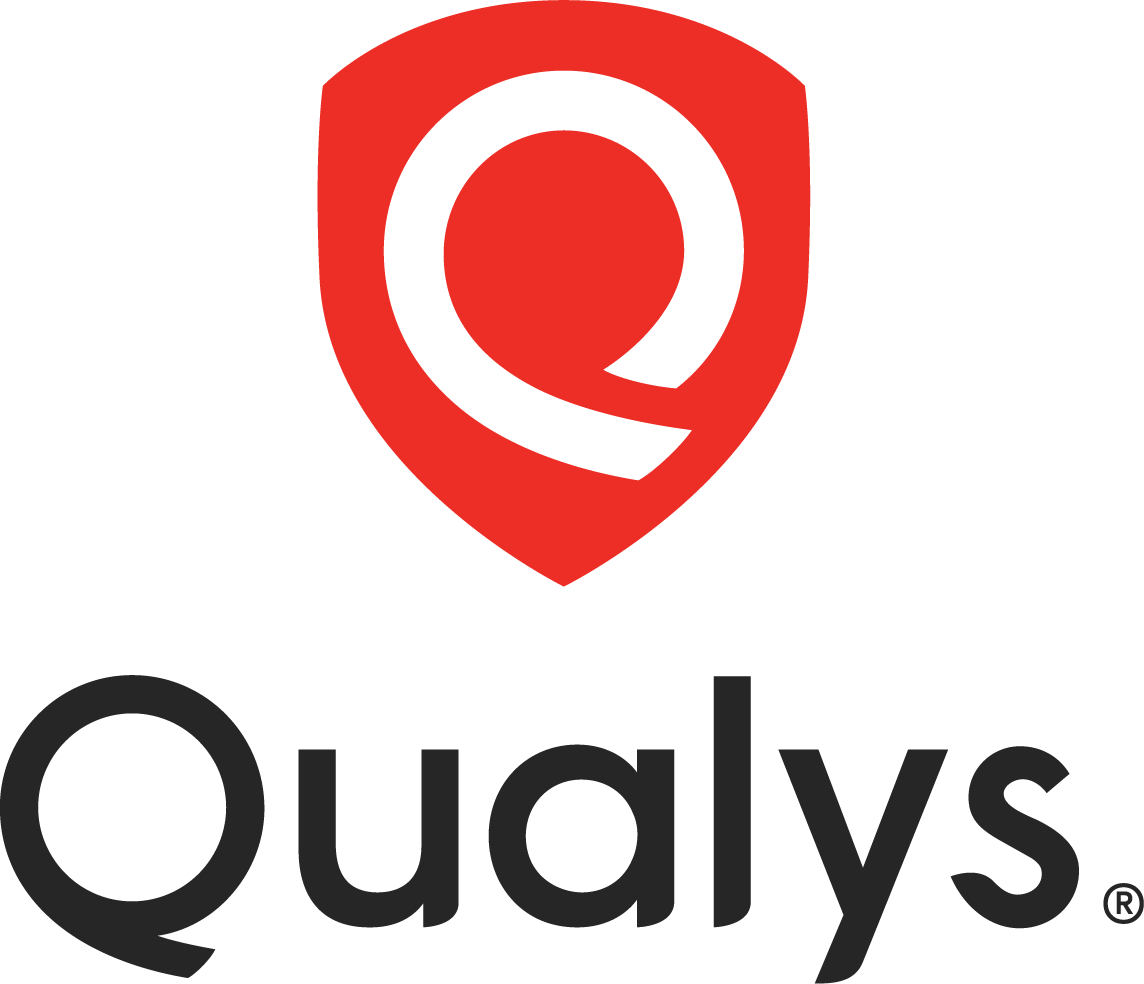Our organization utilizes a multi-cloud environment primarily consisting of AWS and Azure, with limited GCP instances. To meet audit, compliance, and monthly scanning requirements, we employ Qualys TotalCloud. This involves deploying Qualys cloud agents and conducting regular scans of containerized environments, including registry-based scanning, Linux modules, and Docker instances. These scans may be triggered by ad-hoc requests, audit requirements, or compliance obligations.
Qualys TotalCloud offers comprehensive explanations and remediation steps for identified issues. Although it includes the FAST management module with built-in remediation capabilities, our organization hasn't subscribed to it, as the standard solution already provides adequate remediation guidance.
We realized the benefits of Qualys TotalCloud within three weeks, once we gained full visibility. The platform offers various features beyond a single module, including Security Assessment Questionnaires, reporting, and asset management. Integrating these features into our daily workflow, alongside other web application modules and the VMDR, took some time. We dedicated one to two hours daily to TotalCloud, and it took approximately two weeks to become proficient with the navigation and delivery methods within this cloud security module of the Qualys platform.
Qualys TotalCloud offers a comprehensive vulnerability and threat assessment through unified scanning and reporting. While we conduct the scans and generate reports, regular customer feedback is crucial as they analyze the raw data, except for critical cases where we intervene due to workload constraints. Customers have reported a positive experience with the report's readability and level of detail, comparing favorably to others they use. Furthermore, Qualys's extensive knowledge base ensures thorough vulnerability identification across VMs and infrastructure with 99.9 percent accuracy. In my five years of experience, only one or two issues arose, unrelated to TotalCloud specifically.
Qualys TotalCloud provides a single, prioritized view based on requirements such as identifying the most vulnerable assets and calculating the average time to remediate vulnerabilities. It also offers insights into organizational risk scores and utilizes a TrueRisk scoring system to assess and prioritize vulnerabilities effectively.
We've had extensive discussions internally about Qualys' TrueRisk formula, which calculates risk by considering the vulnerability's CVE, CVSS score, asset risk rating, exploitability, and code maturity. While we can see the sources for this information in the details tab, we haven't found any discrepancies in their scoring over the past year. Therefore, we consider Qualys' TrueRisk score reliable and use it to prioritize ticketing in ServiceNow, automatically assigning high and critical tickets for scores above 80 and 90. We trust Qualys as a source of truth, with over 95 percent confidence in their accuracy, and expect this to increase as the product matures.
Qualys TotalCloud TrueRisk has significantly improved our organization's security posture by providing automated and scheduled scans. It has also offered us a clearer understanding of our infrastructure, enabling us to prioritize our time more effectively. The platform's automation and API integrations have reduced the manual effort required for monitoring, leading to a more efficient audit and compliance management process. Additionally, the integration feature with Power BI and other tools enables us to visualize data more accurately, which we find unique and valuable.
Qualys TotalCloud's most valuable features are its cloud security posture management, Kubernetes, and container security capabilities. The platform's cloud-native, zero-touch infrastructure enables complete automation and API integration, minimizing manual intervention and allowing for efficient resource allocation. This automation frees up time for in-depth infrastructure analysis and improvement. Additionally, integrating Qualys with Power BI through a custom feature provides comprehensive, automated dashboards for enhanced data visualization and analysis, a rare implementation even among large organizations. TotalCloud centralizes all applications, including virtualization, into a single platform. The customizable dashboards within TotalCloud, similar to those in Qualys VMDR, offer further flexibility and insight.
A feature improvement could be the inclusion of Windows OS support for container security, as it is currently only supported for Linux. We would like to see Windows-based sensors available in Qualys, as this would make the platform more versatile and support a broader range of environments.
I have been using Qualys TotalCloud for over one and a half years.
I have not experienced any stability issues with Qualys TotalCloud. There have been no crashes or lags, and the experience has been smooth and reliable.
As our current deployment is small-scale, we have not faced any scalability issues. We plan to expand our deployment and believe the solution will scale well.
I have contacted Qualys support on several occasions and found their quality to be commendable. They provide helpful documentation and proactively engage in follow-up calls to ensure any outstanding issues are resolved.
While I am aware that our product management team uses Nessus, our IT team exclusively uses Qualys TotalCloud for our needs. We have found it to provide comprehensive features suited to our infrastructure requirements.
In my experience using Nessus and Tenable for six months and Qualys for four and a half years, I found Qualys's user interface to be superior. Navigation and visualization in Qualys were consistently smooth and intuitive, with a well-designed help section offering clear guidance. Overall, my user experience with Qualys was positive, combining technical functionality with ease of use.
The initial deployment of Qualys TotalCloud was straightforward and swift. We completed the small-scale deployment within one or two weeks.
Our in-house team handled the implementation, with no third-party involvement. The deployment on a small scale required approximately two people.
I would rate Qualys TotalCloud nine out of ten.
No maintenance is required from our end.
My advice for new users is to follow Qualys' training materials for VMDR, vulnerability management, and container and cloud security modules. This will improve their user experience and technical understanding.
